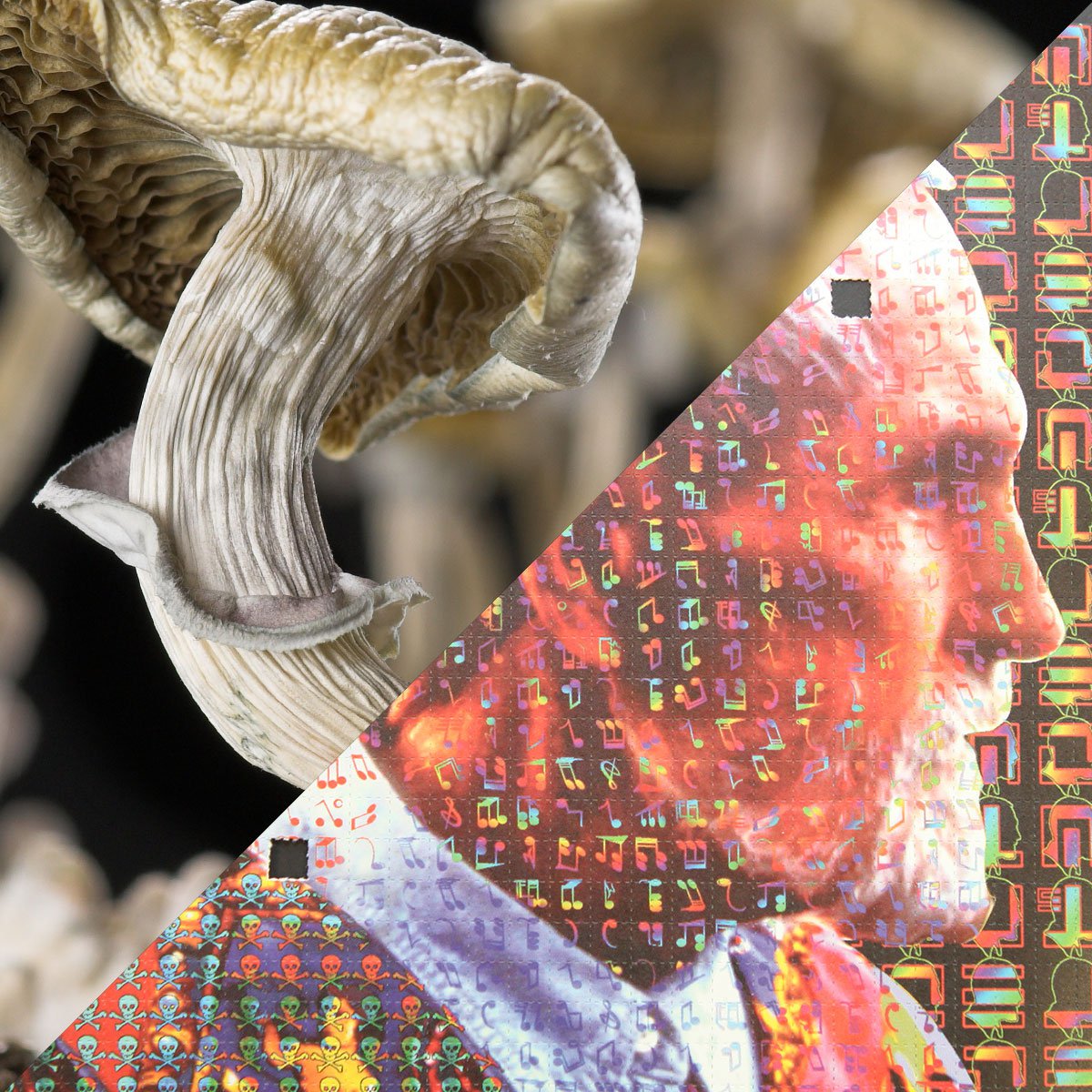All About Psychotomimetic Substances: Their Role in Psychological Research Study
Psychotomimetic compounds, such as LSD and psilocybin, have amassed increasing rate of interest in emotional research for their capability to reproduce psychotic symptoms and give insight into numerous mental wellness disorders. Their communications within the mind, specifically through serotonin and dopamine paths, suggest a facility partnership between awareness and neurobiology that might open unique therapeutic opportunities. As scientists proceed to explore their potential applications, ethical considerations bordering their use in scientific setups come to be paramount, raising vital inquiries concerning safety and security and educated permission that warrant further exploration.
Interpretation of Psychotomimetic Substances
In the realm of mental research study, psychotomimetic substances are compounds that can induce effects resembling those of psychosis, such as hallucinations, delusions, and modified understandings of truth - About Golden Psycho. These compounds can be categorized right into different classifications, including hallucinogens, dissociatives, and certain stimulants, each producing distinct emotional results
The medicinal activity of psychotomimetic substances usually entails inflection of neurotransmitter systems, particularly those pertaining to serotonin, dopamine, and glutamate. Substances like lysergic acid diethylamide (LSD) primarily act on serotonin receptors, leading to extensive alterations in sensory assumption and cognition.
The energy of psychotomimetics in research study hinges on their capability to mimic psychotic signs and symptoms, supplying a design for understanding the hidden mechanisms of psychotic problems such as schizophrenia. By researching the results of these compounds, researchers can get insights right into the neurobiological and mental procedures that contribute to psychosis.
Moreover, psychotomimetic compounds have actually been explored for their healing potential in dealing with various psychological health problems, including clinical depression and anxiety, highlighting their twin role in both research study and potential scientific applications.
Historical Advancement and Context
The expedition of psychotomimetic compounds has an abundant historic context that dates back to old civilizations, where compounds such as psilocybin mushrooms and peyote were made use of in spiritual and healing techniques. These early uses usually intertwined with spiritual routines, suggesting an extensive reverence for the modified states of awareness generated by these compounds.
The mid-20th century marked a considerable pivotal moment in the research study of psychotomimetic materials, specifically with the synthesis of LSD by Albert Hofmann in 1938. The subsequent popularization of LSD in the 1960s militarized a wave of interest in both its mental impacts and prospective healing applications. Researchers started to explore just how these materials might resemble psychotic states, giving insights right into mental disease.
However, the increasing organization of psychotomimetics with counterculture activities led to regulatory backlash, culminating in the criminalization of most of these substances. Despite these challenges, the revival of rate of interest in the restorative capacity of psychedelics in the 21st century has actually triggered restored research study. This historic trajectory emphasizes the evolving perception of psychotomimetic substances, transforming from sacred substances to topics of clinical questions and, possibly, therapeutic promise.
Mechanisms of Action
Comprehending the devices of activity of psychotomimetic compounds discloses the detailed methods these substances connect with the brain's neurochemistry. These compounds primarily exert their results with modulation of neurotransmitter systems, specifically serotonin, dopamine, and glutamate.
In addition to serotonin, dopaminergic paths are dramatically affected by substances like mescaline and certain cannabinoids, which can bring about modified states of consciousness and modifications in mood and inspiration. click now Moreover, the NMDA receptor antagonism observed with compounds like ketamine highlights another path via which psychotomimetics may cause dissociative states and profound modifications in thought processes.
The neurochemical cascades started by these interactions lead to complicated and complex psychological impacts. Recognizing these systems is crucial for both the improvement of emotional research and the restorative possibility of psychotomimetic compounds, as they give insights right into look at here the underlying neural correlates of transformed states of awareness.
Current Research Study and Applications
Recent investigations right into psychotomimetic compounds have revealed a revival of passion in their healing applications, specifically in the fields of psychiatry and psychology. Researchers have actually started checking out compounds such as psilocybin, LSD, and ayahuasca for their prospective to ease signs and symptoms connected with numerous psychological wellness problems, consisting of anxiety, stress and anxiety, and PTSD.
Medical trials have demonstrated that, when administered in regulated environments, these compounds can facilitate profound emotional experiences, advertising psychological developments and improved restorative outcomes. For example, researches have actually revealed that psilocybin-assisted therapy can result in significant decreases in treatment-resistant clinical depression, with impacts lasting for several months post-treatment.
In addition, psychotomimetic compounds are being assessed for their capacity to cultivate neuroplasticity, possibly permitting even more efficient rewiring of maladaptive thought patterns. These searchings for suggest that such substances may function as complements to standard psychotherapeutic techniques, enhancing the efficiency of therapeutic interventions.
As research study progresses, the emphasis is shifting in the direction of understanding the optimum dosages, healing settings, and participant qualities that can optimize the benefits of these compounds. This expanding field holds assurance for transforming psychological health therapy paradigms and dealing with the constraints of conventional psychological medications.
Honest Factors To Consider in Research

Navigating the moral landscape of research study entailing psychotomimetic compounds is critical to guaranteeing individual safety and the stability of research results. Scientists must prioritize enlightened permission, making sure that participants completely recognize the potential dangers and advantages associated with the compounds being researched. This consists of offering thorough this article information about feasible emotional effects, including intense and long-term impacts, and enabling individuals the possibility to withdraw from the study any time scot-free.
In addition, ethical oversight by institutional evaluation boards (IRBs) is necessary. IRBs evaluate research procedures to secure individual well-being and maintain moral criteria. This scrutiny helps mitigate risks and guarantees that research studies are carried out with clinical roughness. Additionally, the capacity for threat need to be carefully assessed, especially when prone populations are entailed.
Discretion is an additional vital consideration. Researchers have to apply robust steps to protect individuals' identifications and data, particularly offered the sensitive nature of experiences related to psychotomimetic substances (About Golden Psycho). Inevitably, a commitment to moral techniques not only fosters depend on between scientists and individuals but additionally improves the trustworthiness and validity of the study results, adding to the improvement of psychological expertise

Final Thought
In conclusion, psychotomimetic substances, especially classic psychedelics such as LSD and psilocybin, deal considerable insights right into psychological problems with their unique devices of action. Their healing capacity in addressing problems like anxiety and PTSD emphasizes the significance of ongoing research in this area. Nevertheless, making certain honest criteria in research study techniques is important for individual security and educated permission, enabling a responsible expedition of these substances' benefits and effects within psychological science.